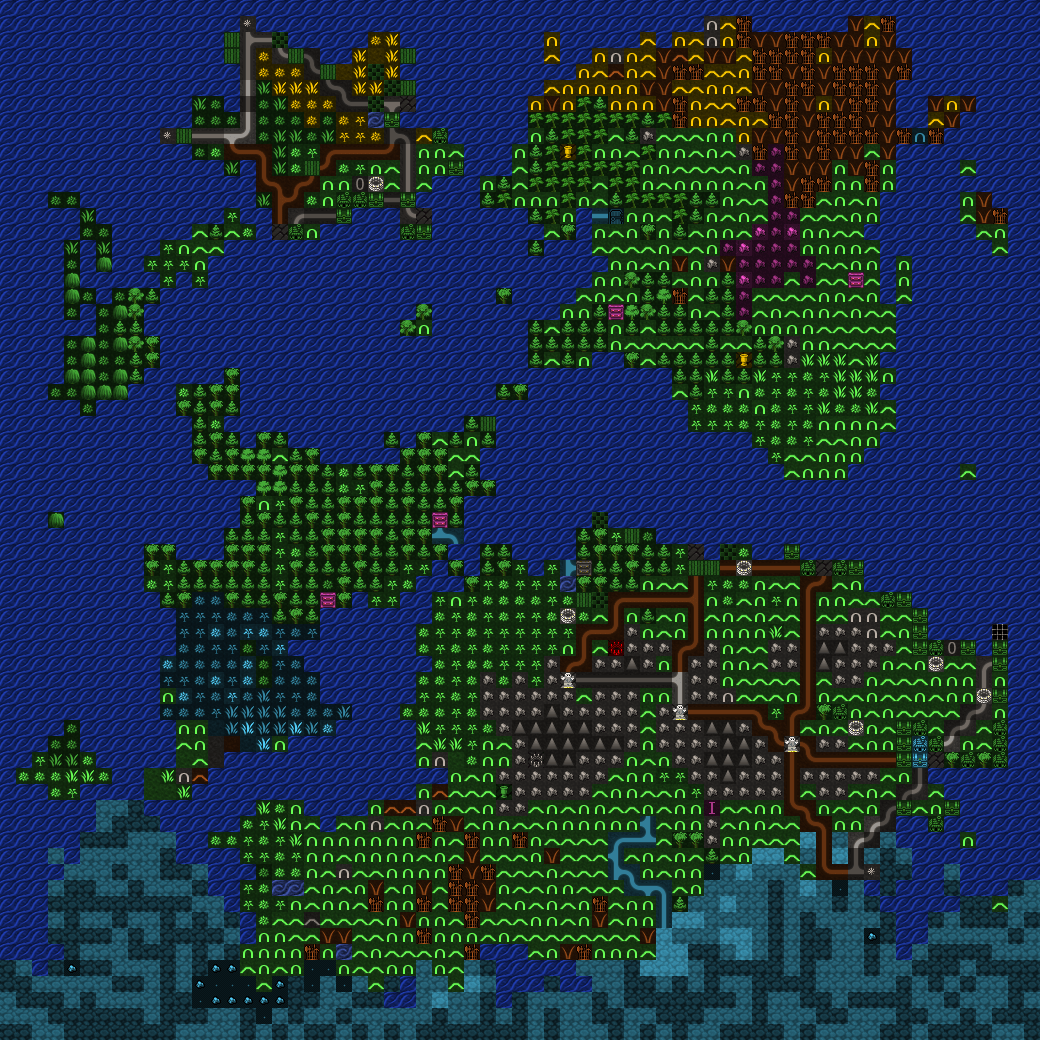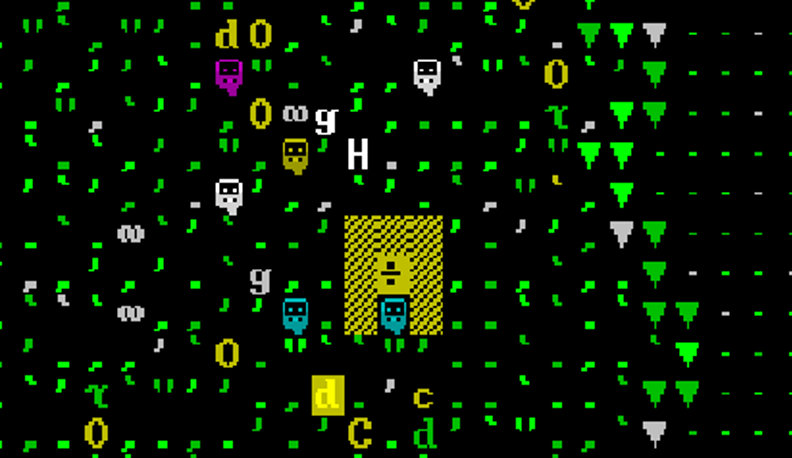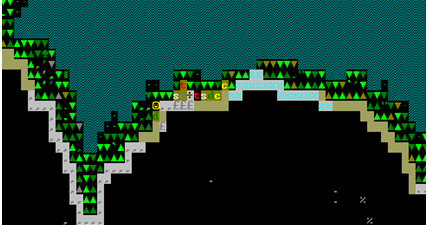

Mapping as shown to the beamed quavers follows data provided by the Unicode Consortium.

DWARF FORTRESS ASCII KANJI PC
For instance, many methods of outputting text on the original IBM PC would interpret the codes for BEL, BS, CR and LF. Instead, they will interpret them as control characters.
DWARF FORTRESS ASCII KANJI CODE
See also the notes below, as there are multiple equivalent Unicode characters for some code points.Īlthough the ROM provides a graphic for all 256 different possible 8-bit codes, some APIs will not print some code points, in particular the range 0-31 and the code at 127. A tooltip, generally available only when one points to the immediate left of the character, shows the Unicode code point name and the decimal Alt code. Each character is shown with its equivalent Unicode code point (when it is not equal to the character's code).
DWARF FORTRESS ASCII KANJI WINDOWS
Although Microsoft Windows used different character sets such as CP1252, the original numbers were emulated so users could continue to use them Microsoft added the ability to type a code from the Windows character set by typing 0 before the digits. A DOS user could enter a character by holding down the Alt key and entering the character code on the numpad and many users memorized the numbers needed for CP437 (or for the similar CP850). These sets were designed to match 437 as much as possible, for instance sharing the code points for many of the line-drawing characters, while still allowing text in a local language to be displayed.Ī legacy of code page 437 is the number combinations used in Windows Alt codes. Various Eastern European PCs used different character sets, sometimes user-selectable via jumpers or CMOS setup. All 256 codes were assigned a graphical character in ROM, including the codes from 0 to 31 that were reserved in ASCII for non-graphical control characters. Īll these display adapters have text modes in which each character cell contains an 8-bit character code point (see details), giving 256 possible values for graphic characters.

The IBM Enhanced Graphics Adapter (EGA) contained an 8×14 pixels-per-character version, and the VGA contained a 9×16 version. The original IBM PC contained this font as a 9×14 pixels-per-character font stored in the ROM of the IBM Monochrome Display Adapter (MDA) and an 8×8 pixels-per-character font of the Color Graphics Adapter ( CGA) cards. Many file formats developed at the time of the IBM PC are based on code page 437 as well. As such, text shown when a PC reboots, before fonts can be loaded and rendered, is typically rendered using this character set. This character set remains the primary set in the core of any EGA and VGA-compatible graphics card. It is sometimes referred to as the "OEM font" or "high ASCII", or as " extended ASCII" (one of many mutually incompatible ASCII extensions).

The set includes all printable ASCII characters as well as some accented letters ( diacritics), Greek letters, icons, and line-drawing symbols. It is also known as CP437, OEM-US, OEM 437, PC-8, or DOS Latin US. Code page 437 ( CCSID 437) is the character set of the original IBM PC (personal computer).


 0 kommentar(er)
0 kommentar(er)
